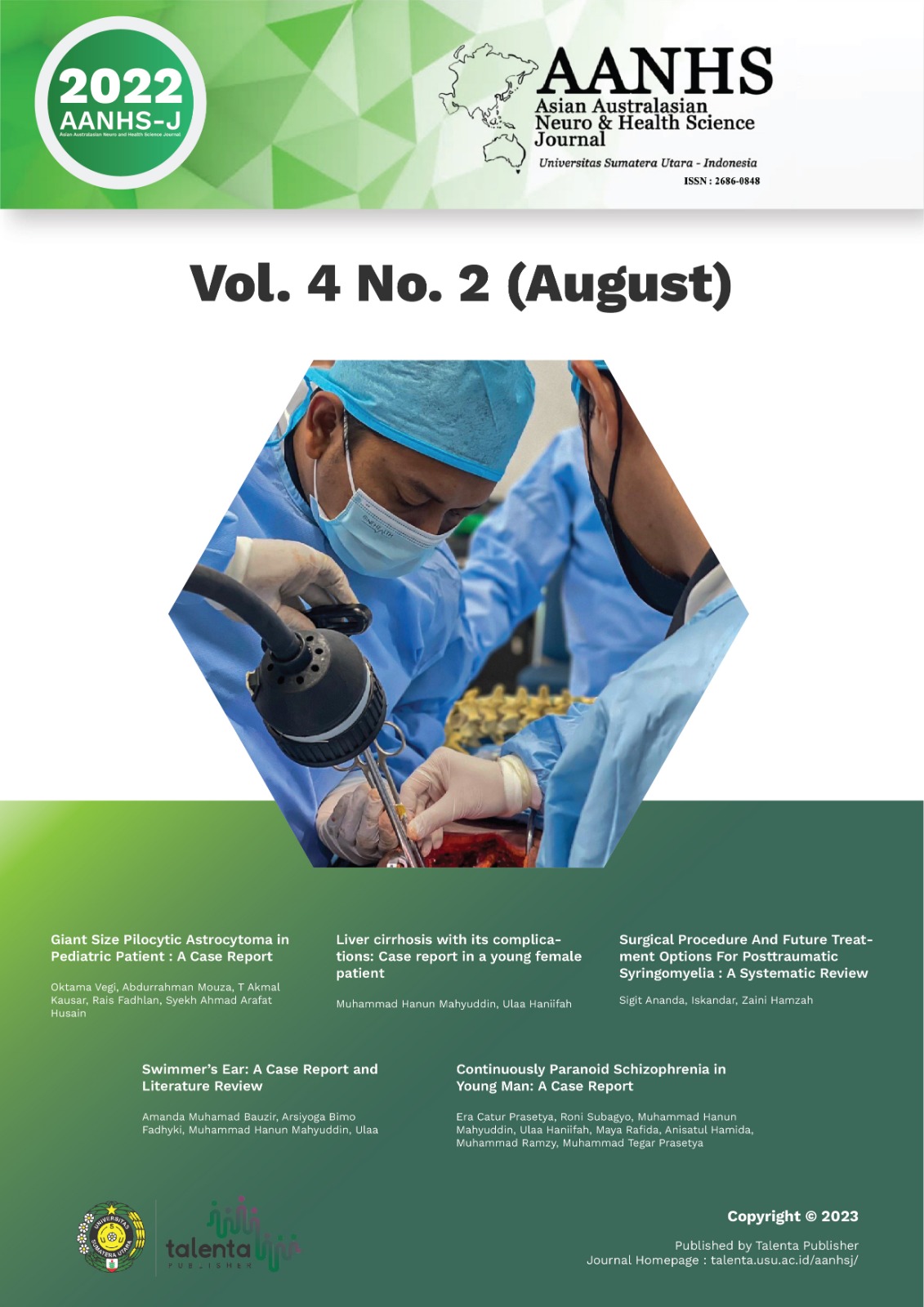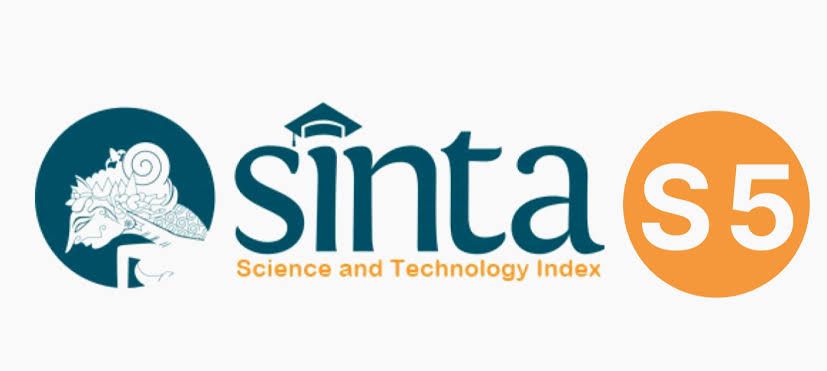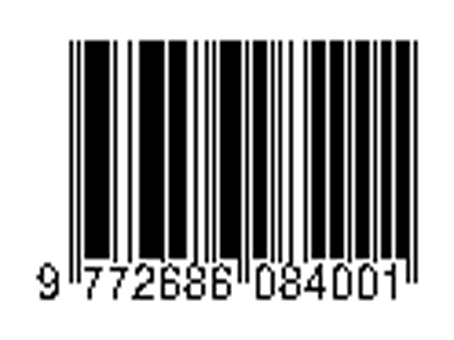Giant Size Pilocytic Astrocytoma in Pediatric Patient : A Case Report
DOI:
https://doi.org/10.32734/aanhsj.v4i2.8937Keywords:
Pediatric Brain Tumor, Pilocytic Astrocytoma, Oncology, NeurosurgeryAbstract
Introduction: Pilocytic astrocytomas are the most common primary tumor in children and adolescents, accounting for approximately 15.6% of all brain tumors and 5.4% of all gliomas. The incidence of tumors substantially decreases with age and diagnosis in patients older than 50 years is less common. According to the Central Brain Tumor Registry of the United States (CBTRUS), its development is more common in the first two decades of life and there are few reports in the age group over 18 years.
Case Report: An 8-year-old girl was brought by her parents with complaints of loss of consciousness. This happened 2 days before admission to the hospital. The patient was prepared for craniotomy tumor removal. During the operation, the tumor specimen was sent to Anatomical Pathology for histopathological examination. The examination revealed calcified Rosenthal Fibers and eosinophilic granular bodies.
Discussion : Astrocytic tumors originate from neuroepithelial tissue and are grade I because of their well-defined and slow-growing nature. They are mostly found in infratentorial structures such as the cerebellum and in the midline of brain structures such as the optic nerve, hypothalamus, and brainstem. However, it can be found anywhere on the neuroaxis. Considered relatively rare in adults, there are few publications on the most efficient treatment methods and subsequent patient outcomes.
Conclusion: Pilocytic astrocytoma (PA) treated with complete or near complete tumor resection tends to have a better prognosis, recent studies recommend aggressive tumor resection without neurologic deficits.
Downloads
Downloads
Published
How to Cite
Issue
Section
License
Copyright (c) 2022 Asian Australasian Neuro and Health Science Journal (AANHS-J)

This work is licensed under a Creative Commons Attribution-NonCommercial-ShareAlike 4.0 International License.
The Authors submitting a manuscript do understand that if the manuscript was accepted for publication, the copyright of the article shall be assigned to AANHS Journal.
The copyright encompasses exclusive rights to reproduce and deliver the article in all forms and media. The reproduction of any part of this journal, its storage in databases and its transmission by any form or media will be allowed only with a written permission from Asian Australasian Neuro and Health Science Journal (AANHSJ).
The Copyright Transfer Form can be downloaded here.
The Copyright form should be signed originally and sent to the Editorial Office in the form of original mail or scanned document.














